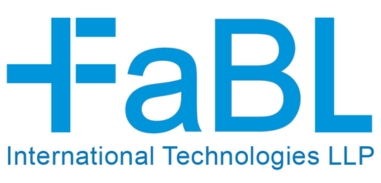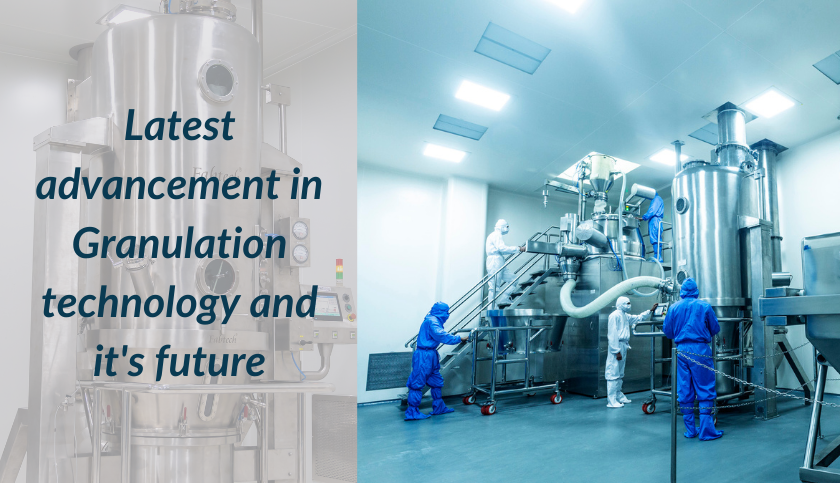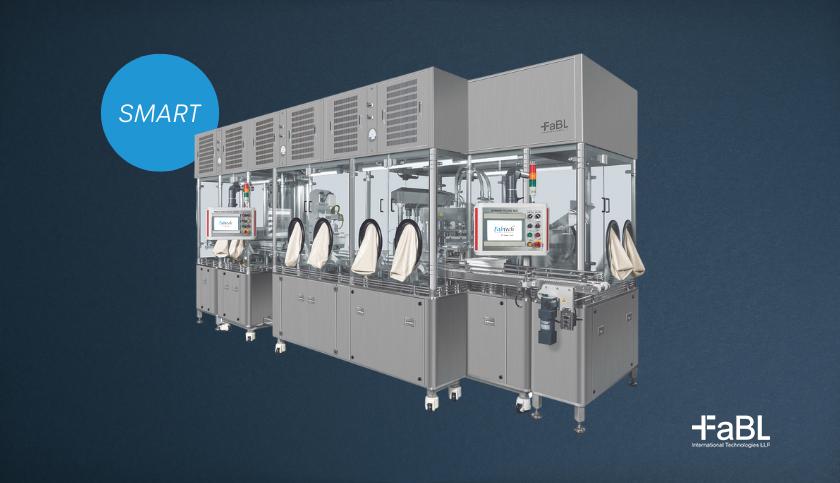Pharmaceutical manufacturing technology has gone through a whole lot of changes over the last 5 to 6 decades, especially since the end of World War II. Until the late fifties, pharmaceutical manufacturing technology involved mixing and blending equipment that basically originated from the fields of agriculture, food and chemical industry. Innovation by leaps and bounds was happening in general industry and engineering sciences soon after the end of World War, particularly in Europe and the UK. At the same time, the pharmaceutical industry was also witnessing great growth figures and thus quick to adapt and ingrain newer technologies and Innovations that were happening elsewhere in its own fold.
Granulation and Mixing equipment in Oral Solids manufacturing until then meant the use of blade Mixers, Sigma blenders, and Planetary motion-based mixers, added a sense of bringing heaviness and densification into the wet mixing arena. The early 60s saw the advent of High Shear Mixers, and this became instantly popular since then and has remained the main forte in terms of granulating equipment even in today’s scene after six decades. The ability of the High Shear Mixers in terms of providing the required density and flow characteristics to the powder mixture has stood the test of time. This was also perhaps among the first of the equipment chronology to bring in some amount of process automation in those early days. Today’s innovation has led us to handle High Shear Mixers that work under vacuum and also are capable of drying the wet mass within itself. Some of the latest innovations can be seen with the High Shear Mixing provided with in the Fluid Bed Processors so that all the stages are now seamlessly carried out within the same main frame equipment and in a closed manner.
The other major quantum jump in technology was brought in the drying process, with the shifting of the wet mass drying from the tray drying process to a fluidized bed drying became an instant hit. Today tray drying is practically extinct, while Fluid Bed Process technology has grown into a very advanced science in itself. Besides revolutionizing drying, the technology has given rise to the ease we see today in Pelletization, Spray Granulation, Instantizing, and our capability to handle potent drugs fairly easily with no fear of cross-contamination.
Some of the latest innovations in process technology equipment can be listed as follow:
- Tangential Spray Processor / Roto Granulator
- Air assisted / Spiral flow spheronizers
- Specially designed Fluid Bed units for fine particle coatings
- Innovative Jet Flow Processors (explained hereinbelow)
- Complete Containment Granulation and Powder Handling Systems for OEL 4 and 5 rigidity
- Hybrid Units for seamless granule processing in the same equipment mainframe
- Lights Out Granulation – A Near-Future Reality or Still a Distant Dream?
The 3G version in the Fluid Bed Processor after the top spray and the bottom spray Wurster, the tangential spray or what is also known as the Roto Granulation, became popular in handling pellets, especially for its capability in converting what was essentially a skill-based pan coating art into a programmable and validatable technology. Drug loading up to 1000 % could now be done in a closed system without major losses and also at a highly reproducible manner and at a breeze’s pace too! Drying efficiency grew very high because of the centrifugal motion involved leading to shortened timings and energy savings. It has been the author's personal experience that even the production of Non-Pareil Seeds (NPS) of sugar could be made using such centrifugal equipment, which has been considered to be possible only in conventional coating pans and tray driers using skilled operators and consuming a multitude of man-hours.
Certain specially designed Fluid Bed Process towers have gained popularity for their capability to handle very fine particle coating in the region of 75 to 100 microns, but time will be the storyteller as to how useful this technology will emerge over time.
Innovative flow engineering designs have brought in changes in the flow patterns that are in sharp contrast to the typical fluidized bed movement and have proven to be of immense benefit and State-Of-The-Art when it comes to powder handling before Tabletting or Encapsulation. Such equipment can be and are used as one stage one step equipment from the start till loading of the granules atop the compression table. Such equipment will grow in popularity over the near future for its simplicity and user-friendly designs and its ability to handle contained and untouched powder processing in the future.
Lights out, Granulation! - A Near-Future happenstance or a distant dream?
We have all heard about Lights out of Tableting, especially in rare cases of continuous dedicated product lines, but what about Lights out Granulation? Do we see a technology where the whole of dry, wet mixing, drying and preparing the granules for compression or whatever the next stage be, carried out seamlessly unmonitored by human intervention or live watch? That would be interesting to look for.




